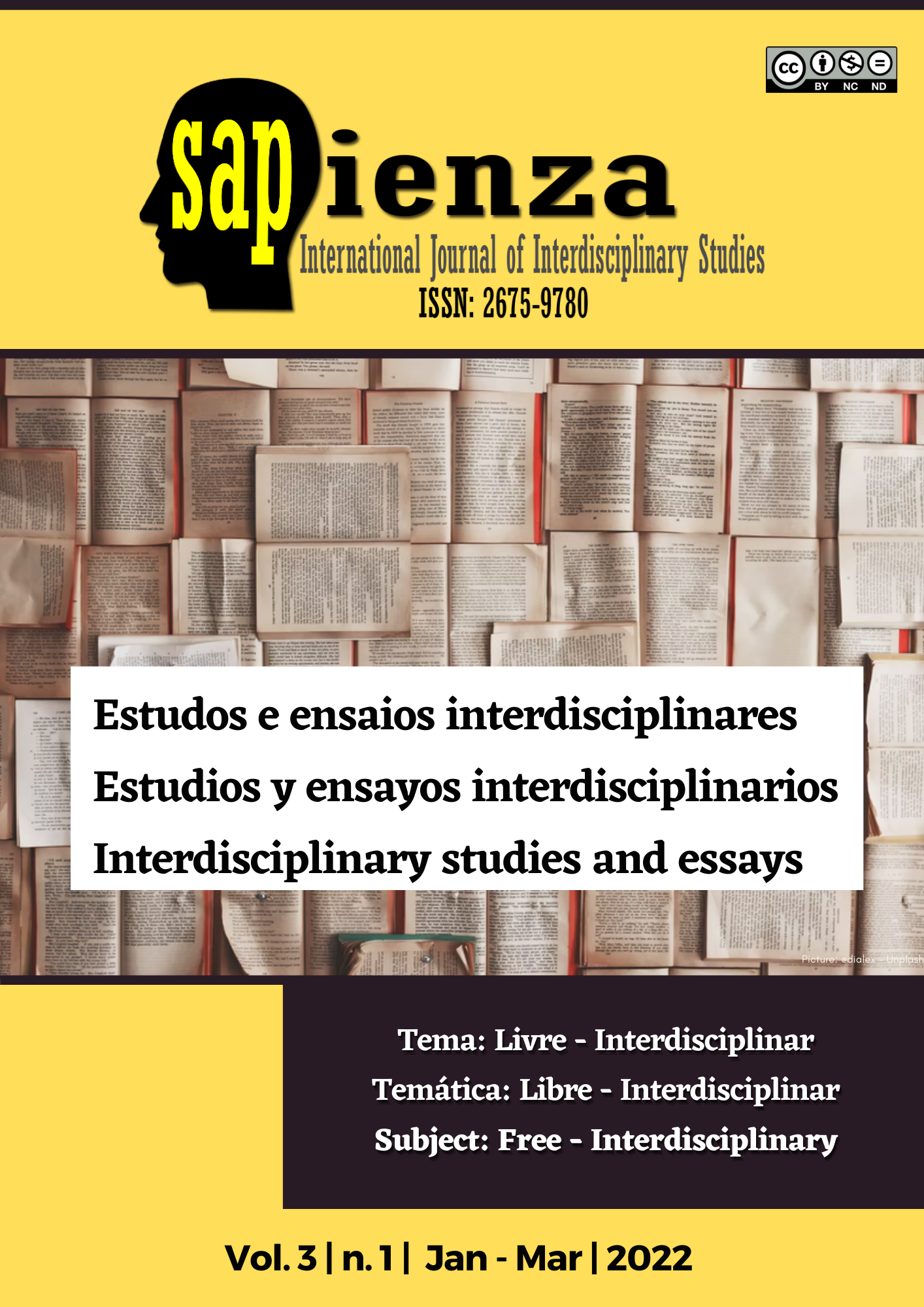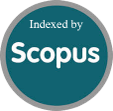Enhancing grade 5 and 6 students’ outputs in MAPEH through the Google classroom
DOI:
https://doi.org/10.51798/sijis.v3i1.229Keywords:
output, submission, pandemic, google classroom, online meansAbstract
This action research was conducted to determine if there is an improvement in the outputs submitted by Grade 5 and 6 pupils who were given modules to accomplish. Respondents of the study were the teachers from the levels above who collected module submissions during the school year 2020-2021. A descriptive design was utilized by the researcher to see if there was a significant change in the feedback of the teachers who received the modules both before and after the implementation of the intervention. The gathered data were analyzed and statistically treated using descriptive statistics. There were factors identified that contributed to the low levels of submissions. The pandemic and the quarantine restrictions caused the low submissions. Findings revealed that there was a significant difference in the output submissions before and after the implementation of the Google Classroom.
References
Armstrong-Menstrah, Elizabeth, Ramsey-White, Kim, Yaney, Barbara and Self-Brown, Shannon (2020), COVID-19 and Distance Learning: Effects on Georgia State University School of Public Health Students, retrieved from https://www.frontiersin.org/articles/10.3389/fpubh.2020.576227/full
Azhar, Kaukab Abid & Iqbal, Nayab (2018), Effectiveness of Google Classroom: Teachers’ Perceptions, https://www.academia.edu/37341927/EFFECTIVENESS_OF_GOOGLE_CLASSROOM_TEACHERS_PERCEPTIONS_Kaukab_ABID_AZHAR.
Espia, J. C., Gera, W., & Hall, R. A. (2021). Local Adaptations to Central Government Shortcomings: COVID-19 Responses in the Cities of Iloilo and Cebu, Philippines. Contemporary Southeast Asia, 43(1), 53–62. https://www.jstor.org/stable/27035524
Gallagher, T.L., Fisher, D., Lapp, D., Rowsell, J., Simpson, A., Scott, R.M., Walsh, M., Ciampa, K. & Saudelli, M.G. (2015). International Perspectives on Literacy Learning with iPads. The Journal of Education, 195(3), 15–25. http://www.jstor.org/stable/44510414
Hussaini, Iliyasu & Libata, Ibrahim. (2020). Effectiveness of Google Classroom as a Digital Tool in Teaching and Learning: Students’ Perceptions. 4. 51-54.
Irawan, Andi, Dwisona, Dwisona, Lestari, Mardi (2020), Psychological Impacts of Students on Online Learning During the Pandemic COVID-19. retrieved from http://ejournal.radenintan.ac.id/ index.php/konseli/article/view/6389
Jovancic, Nemanja (2020), What is the Guttman Scale and How to Use it in Your Surveys, https://www.leadquizzes.com/blog/guttman-scale/
Kropf, Dorothy C. (2013). Connectivism: 21st Century's New Learning Theory. European Journal of Open, Distance and E-Learning, v16 n2 p13-24 2013
Kelly, Grace (2017). Two (or more heads) Are Better Than One. https://consiliumeducation.com/itm/2017/01/04/two-or-more-heads-are-better-than-one/
Mcglynn, K., & Kelly, J. (2019). Using technology to sensitively and sensibly meet students’ needs in the science classroom. Science Scope, 43(4), 22–27. https://www.jstor.org/stable/26899096
Magsambol, Bonz (2020), Why PH schools remain closed a year into the pandemic, retrieved from https://www.rappler.com/newsbreak/in-depth/why-philippine-schools-remain-closed-year-into-pandemic-2021
Nardo, M. T. B. (2017). Modular Instruction Enhances Learner Autonomy. American Journal of Educational Research, 5(10), 1024-1034.
Ngah, H., Mohd Hairon, S., Hamzah, N. A., Noordin, S., & Shafei, M. N. (2022). Development and Validation of Knowledge, Attitude, and Practice Questionnaire: Toward Safe Working in Confined Spaces. International Journal of Environmental Research and Public Health, 19(3), 1242. MDPI AG. Retrieved from http://dx.doi.org/10.3390/ijerph19031242
Sajid, Ayesha, (2020). Using Google Classroom Effectively: For Teachers and Students. https://appuals.com/google-classroom-effectively/
Smith, B., & Mader, J. (2018). SCIENCE 2.0: Organizing a Bit of the Google Ecosystem. The Science Teacher, 85(3), 20–21. http://www.jstor.org/stable/44843688
Syakur, Abd, Sugirin & Widiarni (2020). The Effectiveness of English Learning Media through Google Classroom in Higher Education. http://biarjournal.com/index.php/biolae/article/view/218/251
Tsang, S., Royse, C. F., & Terkawi, A. S. (2017). Guidelines for developing, translating, and validating a questionnaire in perioperative and pain medicine. Saudi journal of anaesthesia, 11(Suppl 1), S80–S89. https://doi.org/10.4103/sja.SJA_203_17
Tabuena, Almighty. (2021). A Pre-Experimental Research on the Implementation of Selected Classroom Assessment Techniques for Music, Arts, Physical Education, and Health. 2. 99-107. 10.11594/ijmaber.02.02.03.
Teddlie, C., & Stringfield, S. C. (2017). A Differential Analysis of Effectiveness in Middle and Low Socioeconomic Status Schools. The Journal of Classroom Interaction, 52(1), 15–24. http://www.jstor.org/stable/45372836
Downloads
Published
How to Cite
Issue
Section
License
Copyright (c) 2022 Jeremiah Paul G Manuel

This work is licensed under a Creative Commons Attribution-NonCommercial-NoDerivatives 4.0 International License.




